Home>Furniture & Design>Outdoor Furniture>What Do You Put Under Outdoor Carpet
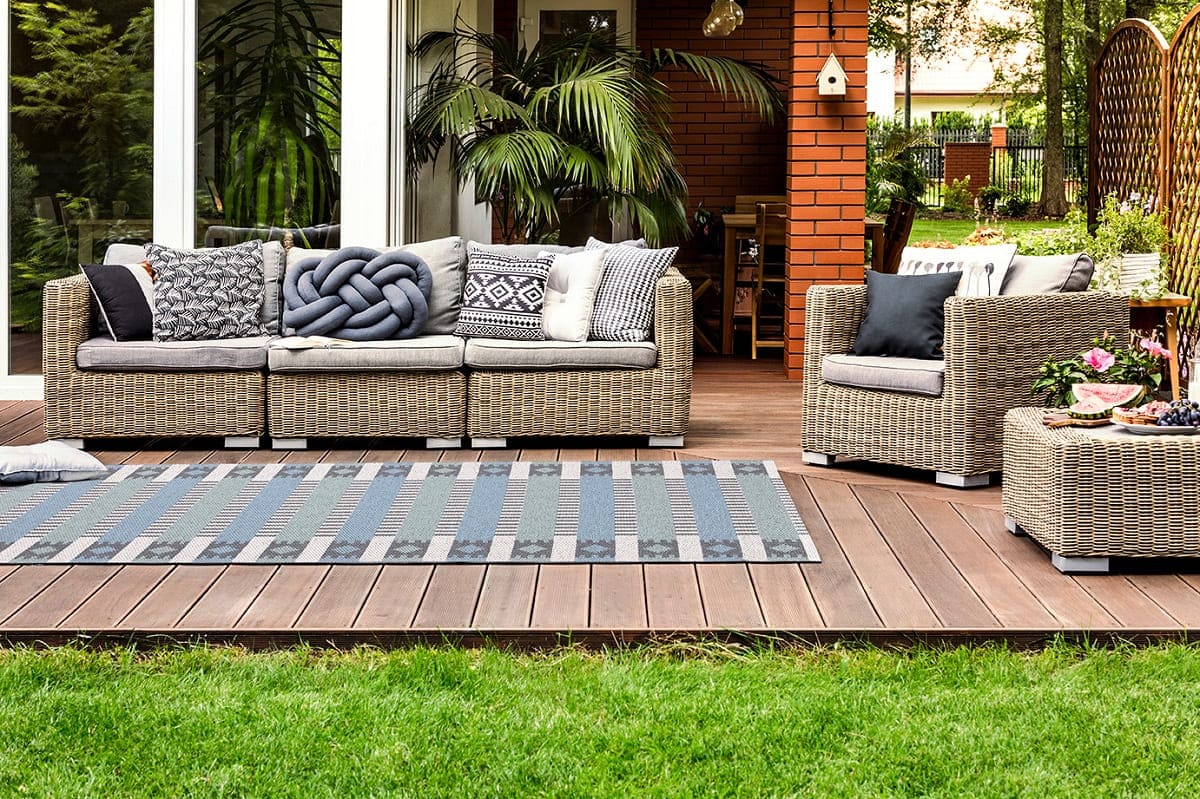

Outdoor Furniture
What Do You Put Under Outdoor Carpet
Modified: October 28, 2024
Discover the best options for what to put under outdoor carpet to protect your outdoor furniture and enhance your outdoor design. Explore durable and stylish solutions for your outdoor space.
(Many of the links in this article redirect to a specific reviewed product. Your purchase of these products through affiliate links helps to generate commission for Storables.com, at no extra cost. Learn more)
Introduction
When it comes to creating an inviting and comfortable outdoor living space, every detail matters. From the choice of furniture to the selection of decorative elements, each component plays a crucial role in shaping the ambiance and functionality of the outdoor area. However, one often overlooked aspect of outdoor design is the underlayment for outdoor carpet. While the carpet itself may steal the show with its vibrant colors and plush texture, the underlayment quietly contributes to the durability, comfort, and overall performance of the outdoor carpeting.
The underlayment serves as the foundation for the outdoor carpet, providing essential support and protection against the elements. It acts as a barrier between the carpet and the ground, offering insulation, moisture resistance, and cushioning. Whether you're revamping a cozy patio, a sprawling deck, or a charming veranda, the underlayment is a critical component that can significantly enhance the longevity and comfort of your outdoor carpet.
In this comprehensive guide, we will delve into the world of underlayment for outdoor carpet, exploring its importance, the various types available, key considerations for choosing the right underlayment, the installation process, and essential maintenance tips. By understanding the significance of underlayment and learning how to select and care for it, you can elevate the appeal and functionality of your outdoor space while ensuring that your outdoor carpet remains in top condition for years to come. So, let's embark on a journey to uncover the secrets of underlayment for outdoor carpet and unleash the full potential of your outdoor oasis.
Key Takeaways:
- Choose the right underlayment for your outdoor carpet to protect against moisture, enhance comfort, and extend the carpet’s lifespan. Consider climate, traffic, and maintenance for the best fit.
- Install and maintain your underlayment with care to ensure a long-lasting and comfortable outdoor carpet. Keep it clean, address damage, and consider professional maintenance for optimal performance.
Read more: What Do You Put Under Turf Grass
Importance of Underlayment
While the outdoor carpet may be the star of the show, the underlayment plays a crucial supporting role in ensuring the carpet’s performance and longevity. Understanding the importance of underlayment can shed light on the significant impact it has on the overall outdoor design and user experience.
1. Protection Against Moisture: One of the primary functions of underlayment is to shield the outdoor carpet from moisture. Whether it’s rain, dew, or accidental spills, moisture can seep through the carpet and cause damage to the underlying surface. A quality underlayment with moisture-resistant properties creates a barrier, safeguarding the carpet and the substrate from potential water-related issues.
2. Enhanced Comfort: Underlayment provides a cushioning effect, adding an extra layer of comfort underfoot. This is particularly beneficial in outdoor settings where hard surfaces such as concrete or wood decks can feel unforgiving. The underlayment’s ability to soften the impact of footsteps can significantly improve the overall comfort of the outdoor space.
3. Insulation: In cooler climates, underlayment acts as a thermal insulator, helping to retain heat and create a more comfortable environment. By preventing the transfer of cold from the ground, the underlayment contributes to a cozier outdoor area, allowing you to enjoy the space even during chilly weather.
4. Longevity of the Carpet: By providing a protective layer between the outdoor carpet and the ground, underlayment helps prevent premature wear and tear. It minimizes friction and abrasion, thereby extending the lifespan of the carpet and preserving its aesthetic appeal over time.
5. Sound Absorption: For outdoor areas where noise control is a concern, underlayment can serve as a sound-absorbing element, reducing the impact of foot traffic and other activities. This can contribute to a more peaceful and relaxing outdoor environment.
Understanding the multifaceted role of underlayment underscores its significance in ensuring the functionality, durability, and comfort of outdoor carpeting. With the right underlayment in place, you can create a more resilient and enjoyable outdoor space that stands the test of time.
Types of Underlayment
When it comes to underlayment for outdoor carpet, various options are available, each offering unique features and benefits. Understanding the different types of underlayment can help you make an informed decision based on your specific needs and the environmental conditions of your outdoor space.
1. Foam Underlayment: Foam underlayment, often made from materials like polyethylene or polypropylene, is known for its excellent cushioning properties. It provides a soft and comfortable surface under the outdoor carpet, making it ideal for areas where comfort is a priority. Additionally, foam underlayment offers sound-dampening qualities, reducing noise from foot traffic and other activities.
2. Rubber Underlayment: Rubber underlayment is prized for its durability and resilience. It provides exceptional protection against moisture, making it suitable for outdoor spaces exposed to rain or high humidity. The shock-absorbing nature of rubber underlayment also adds an extra layer of comfort, while its thermal insulation properties contribute to a more comfortable outdoor environment in varying weather conditions.
3. Waffle-Style Underlayment: Waffle-style underlayment, characterized by its textured surface resembling a waffle pattern, offers superior drainage capabilities. This design allows water to flow through the underlayment, preventing moisture buildup and promoting a drier and safer outdoor surface. It is particularly well-suited for outdoor areas where water accumulation is a concern, such as poolside decks or patios.
4. Fiber Underlayment: Fiber underlayment, often composed of recycled materials, provides an eco-friendly option for outdoor carpet installations. It offers moisture resistance and thermal insulation while being environmentally sustainable. Fiber underlayment is a popular choice for those seeking a balance between performance and environmental consciousness in their outdoor design.
5. Combination Underlayment: Some underlayment products combine multiple materials or features to offer a comprehensive solution. For example, a combination underlayment may integrate foam for cushioning, rubber for moisture resistance, and a waffle-style design for improved drainage. These versatile options provide a holistic approach to underlayment, addressing various needs in a single product.
By familiarizing yourself with the different types of underlayment, you can identify the most suitable option for your outdoor space, taking into account factors such as climate, intended use, and desired comfort level. Selecting the right underlayment is a pivotal step in ensuring the optimal performance and longevity of your outdoor carpet.
Considerations for Choosing Underlayment
When selecting underlayment for outdoor carpet, several key considerations come into play, influencing the suitability and performance of the chosen material. By taking these factors into account, you can make an informed decision that aligns with the specific requirements of your outdoor space and the desired functionality of the carpeting.
1. Climate and Weather Conditions: The climate in your region plays a significant role in determining the ideal underlayment. For areas with high humidity or frequent rainfall, moisture-resistant underlayment, such as rubber or waffle-style options, can provide essential protection against water damage. In contrast, in drier climates, focus on underlayment that offers thermal insulation and comfort without the primary emphasis on moisture resistance.
2. Intended Use and Traffic: Consider the intended use of the outdoor space and the level of foot traffic it will experience. For high-traffic areas, durable and resilient underlayment, such as rubber or combination options, can withstand the demands of frequent use while maintaining the carpet’s integrity. Additionally, areas designated for relaxation and leisure may benefit from underlayment with superior cushioning properties, such as foam or fiber options.
3. Substrate Compatibility: Assess the compatibility of the underlayment with the underlying substrate, such as concrete, wood, or composite decking. Ensure that the underlayment material is suitable for the specific surface to which it will be applied, as this can impact its performance and longevity. Some underlayment products are designed for versatile application across different substrates, offering flexibility in installation.
4. Environmental Impact: For environmentally conscious outdoor design, consider underlayment options that prioritize sustainability and eco-friendliness. Recycled materials, biodegradable components, and products with minimal environmental impact can align with green initiatives and contribute to a more sustainable outdoor space.
5. Installation and Maintenance: Evaluate the ease of installation and any maintenance requirements associated with the chosen underlayment. Some products may offer hassle-free installation methods, such as adhesive-free or interlocking designs, while others may require specific maintenance routines to preserve their performance over time.
6. Budget and Long-Term Value: Balance the initial investment with the long-term value provided by the underlayment. While high-quality underlayment may entail a higher upfront cost, its durability, comfort, and protective features can contribute to long-term savings by extending the lifespan of the outdoor carpet and reducing the need for premature replacements.
By carefully considering these factors, you can navigate the diverse range of underlayment options and pinpoint the most suitable choice for your outdoor carpet installation. This thoughtful approach ensures that the underlayment not only meets the functional requirements of the outdoor space but also aligns with your preferences and sustainability goals.
Before laying outdoor carpet, make sure the surface is clean, dry, and smooth. Use a moisture barrier or underlayment to prevent mold and mildew. Consider using a non-slip pad for added safety.
Installation Process
The installation of underlayment for outdoor carpet is a critical step that sets the foundation for the carpet’s performance and durability. By following a systematic installation process, you can ensure that the underlayment is properly positioned and secured, laying the groundwork for a successful outdoor carpet installation.
1. Surface Preparation: Begin by preparing the underlying surface, whether it’s a concrete patio, a wooden deck, or another substrate. Ensure that the surface is clean, dry, and free of any debris or protrusions that could impact the underlayment’s ability to lay flat and adhere securely.
2. Measurement and Cutting: Measure the area where the underlayment will be installed and cut the material to fit the dimensions accurately. Precision in measurement and cutting is essential to ensure a seamless and uniform underlayment layer across the outdoor space.
3. Positioning and Alignment: Lay the underlayment over the prepared surface, ensuring that it aligns with the edges of the outdoor area. Smooth out any wrinkles or folds in the underlayment to create a flat and even surface for the carpet installation.
4. Securing the Underlayment: Depending on the type of underlayment, secure it in place using the recommended installation method. This may involve using adhesive for certain materials, interlocking mechanisms for modular underlayment, or other specified fastening techniques to prevent shifting or movement over time.
5. Seam and Edge Treatment: If multiple pieces of underlayment are required to cover the entire outdoor area, ensure that the seams are properly aligned and sealed to create a continuous underlayment surface. Pay attention to the edges and transitions to achieve a professional and uniform installation.
6. Compatibility with Outdoor Carpet: Verify that the underlayment is compatible with the specific type of outdoor carpet you intend to install. Some underlayment materials may be better suited for certain carpet backing types or installation methods, so ensure that they complement each other for optimal performance.
7. Adhering to Manufacturer Guidelines: Follow the manufacturer’s guidelines and recommendations for the installation of the underlayment. Adhering to specified instructions ensures that the underlayment is installed in a manner that maximizes its intended benefits and longevity.
By meticulously executing the installation process and paying attention to the details, you can establish a solid foundation for the outdoor carpet, supported by a reliable and well-installed underlayment. This meticulous approach sets the stage for a visually appealing, comfortable, and long-lasting outdoor carpet installation.
Read more: What Do You Put Under Fake Grass
Maintenance and Care
Proper maintenance and care are essential for preserving the functionality and appearance of the underlayment and the outdoor carpet it supports. By implementing routine maintenance practices and addressing any potential issues promptly, you can extend the longevity of the underlayment and ensure that it continues to provide optimal support for the outdoor carpet.
1. Regular Cleaning: Keep the underlayment clean by removing any debris, dirt, or organic matter that may accumulate on its surface. Use a gentle cleaning solution and a soft brush or mop to maintain the underlayment’s cleanliness without causing damage or deterioration.
2. Inspection for Damage: Periodically inspect the underlayment for signs of wear, tear, or damage. Look for areas of moisture retention, punctures, or degradation that may compromise the underlayment’s protective and cushioning properties. Address any issues promptly to prevent further damage.
3. Addressing Moisture Concerns: In outdoor environments where moisture exposure is a concern, such as near swimming pools or in humid climates, take proactive measures to mitigate moisture retention within the underlayment. Ensure proper drainage and ventilation to prevent the accumulation of water that could compromise the underlayment’s integrity.
4. Protecting Against UV Exposure: If the outdoor carpet and underlayment are exposed to direct sunlight, consider using UV-resistant materials or applying protective treatments to minimize the impact of UV radiation. UV exposure can lead to discoloration, degradation, and reduced performance of the underlayment over time.
5. Addressing Stains and Spills: In the event of spills or stains on the outdoor carpet, promptly address the affected area to prevent the seepage of liquids into the underlayment. Blot spills immediately and use appropriate cleaning methods for the outdoor carpet to minimize the risk of damage to the underlayment beneath.
6. Professional Maintenance: Consider periodic professional maintenance for the outdoor carpet and underlayment, especially in high-traffic or demanding outdoor settings. Professional cleaning and maintenance services can help rejuvenate the appearance and performance of the outdoor carpet and underlayment, prolonging their lifespan.
7. Addressing Wear Patterns: Monitor the areas of the outdoor carpet that experience the most foot traffic and activity. Address wear patterns and compression in the underlayment beneath these areas to prevent premature deterioration and maintain a consistent level of support and comfort across the entire outdoor space.
By incorporating these maintenance practices into your outdoor carpet care routine, you can uphold the integrity of the underlayment and ensure that it continues to fulfill its crucial role in supporting the outdoor carpet. Regular upkeep and proactive measures contribute to a resilient and enduring outdoor design that remains visually appealing and comfortable for years to come.
Conclusion
As we conclude our exploration of underlayment for outdoor carpet, it’s evident that this often overlooked component plays a pivotal role in shaping the functionality, comfort, and longevity of outdoor spaces. The underlayment serves as the unsung hero, providing essential support, protection, and insulation for the outdoor carpet, ultimately enhancing the overall outdoor experience.
By understanding the importance of underlayment and familiarizing ourselves with the diverse types available, we gain the knowledge needed to make informed decisions that align with the specific requirements of our outdoor spaces. The considerations for choosing underlayment underscore the nuanced factors that influence the selection process, empowering us to tailor the choice to our unique needs and environmental conditions.
Furthermore, the meticulous installation process and the implementation of routine maintenance and care practices ensure that the underlayment remains in optimal condition, upholding its functionality and preserving the outdoor carpet’s performance. This holistic approach to underlayment underscores its integral role in outdoor design and the creation of inviting, comfortable, and resilient outdoor living spaces.
As you embark on your journey to enhance your outdoor oasis with the addition of outdoor carpeting, remember that the underlayment is a crucial partner in this endeavor. By selecting the right underlayment, installing it with precision, and maintaining it diligently, you can elevate the appeal and functionality of your outdoor space, creating a welcoming environment that beckons you to relax, entertain, and immerse yourself in the beauty of outdoor living.
So, as you envision your outdoor haven adorned with vibrant outdoor carpeting, let the underlayment be the steadfast foundation that supports your vision, ensuring that your outdoor retreat remains a source of joy and comfort for years to come.
Frequently Asked Questions about What Do You Put Under Outdoor Carpet
Was this page helpful?
At Storables.com, we guarantee accurate and reliable information. Our content, validated by Expert Board Contributors, is crafted following stringent Editorial Policies. We're committed to providing you with well-researched, expert-backed insights for all your informational needs.
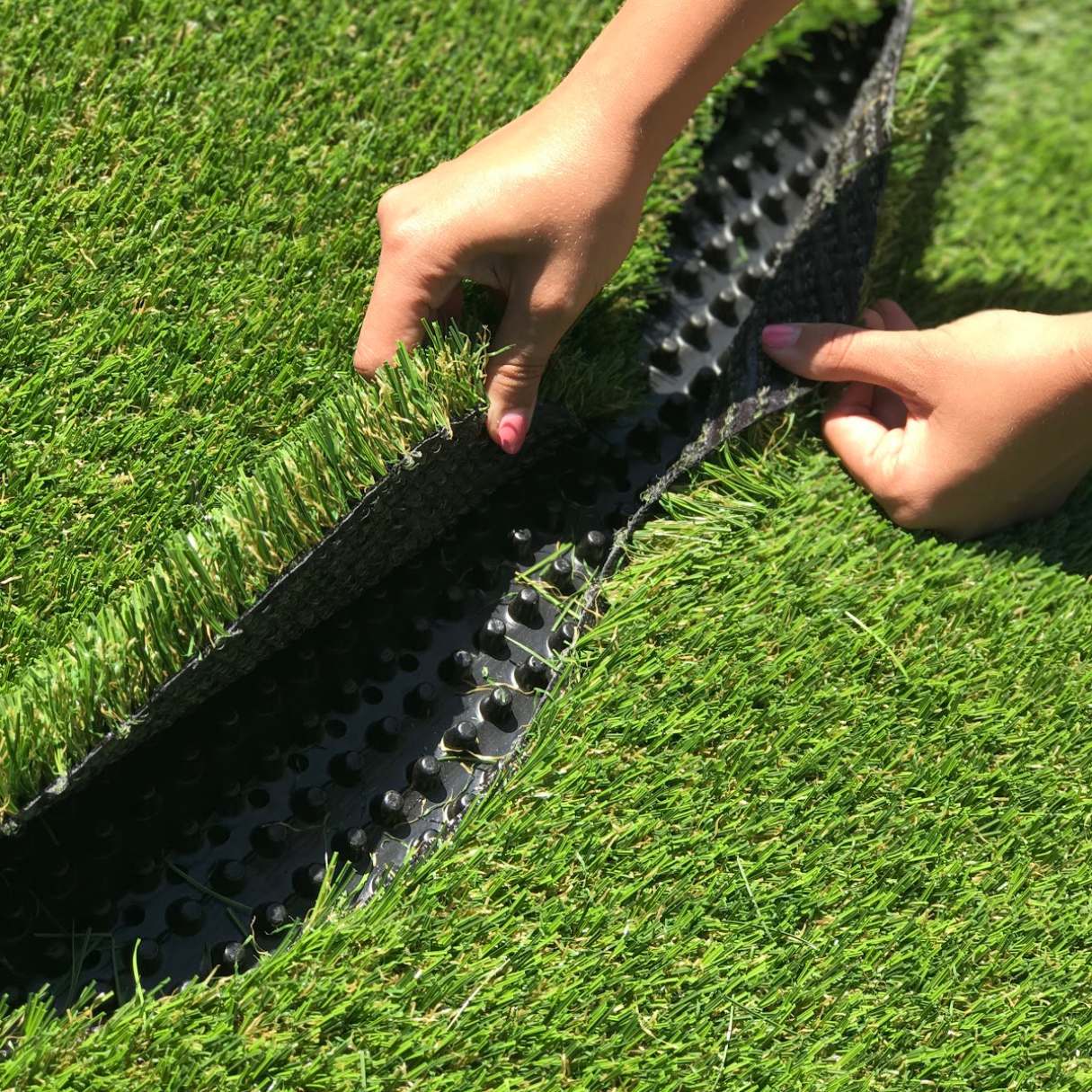
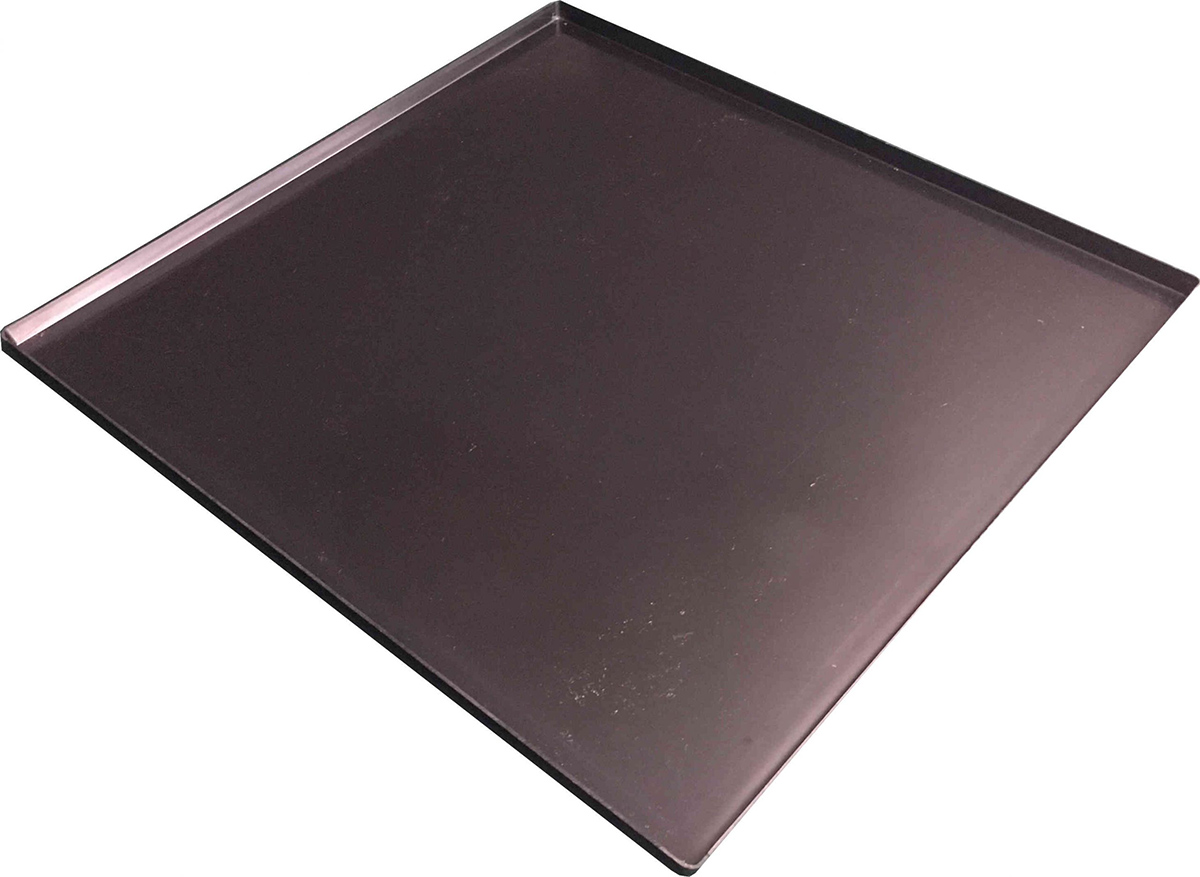
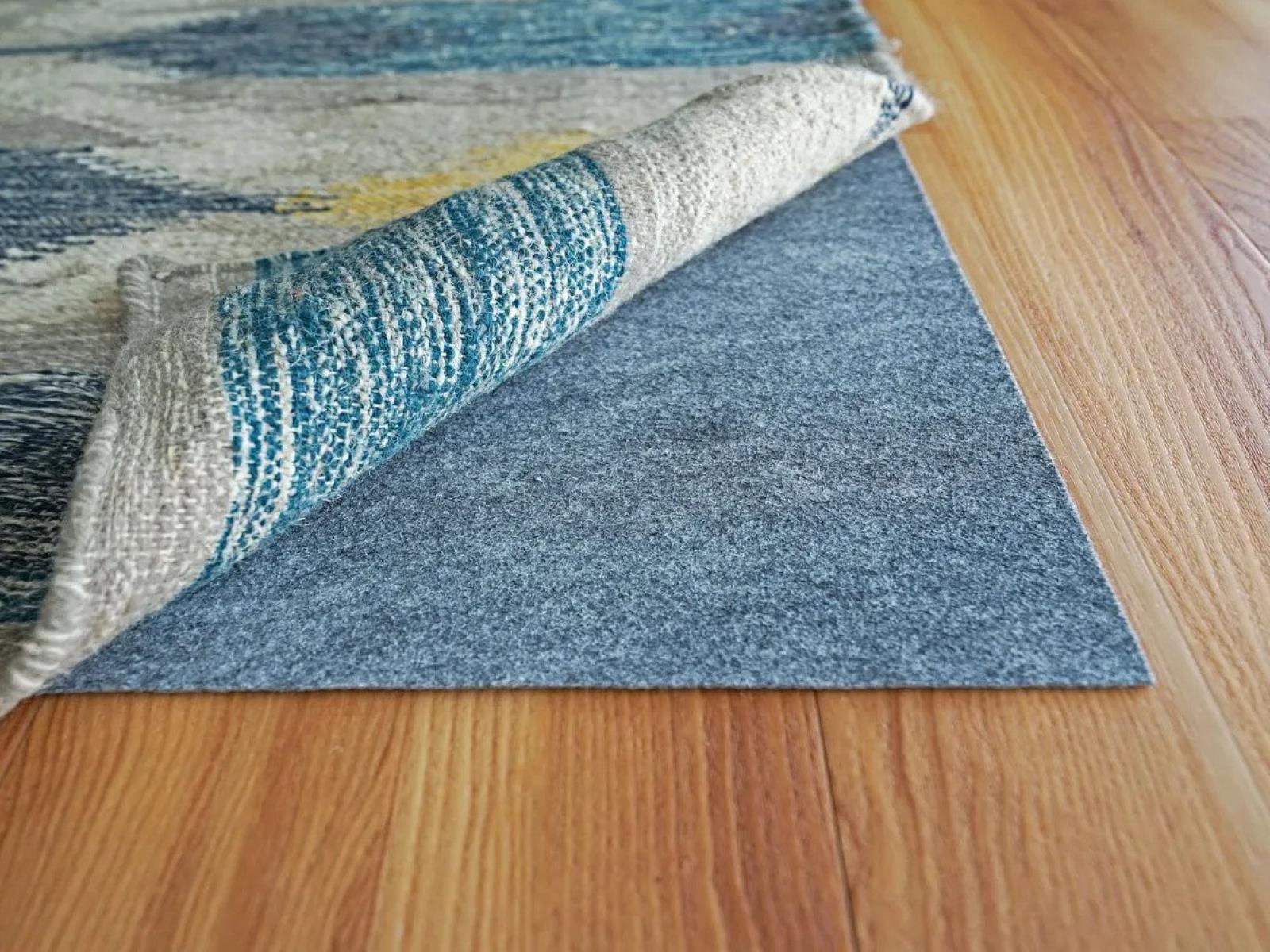


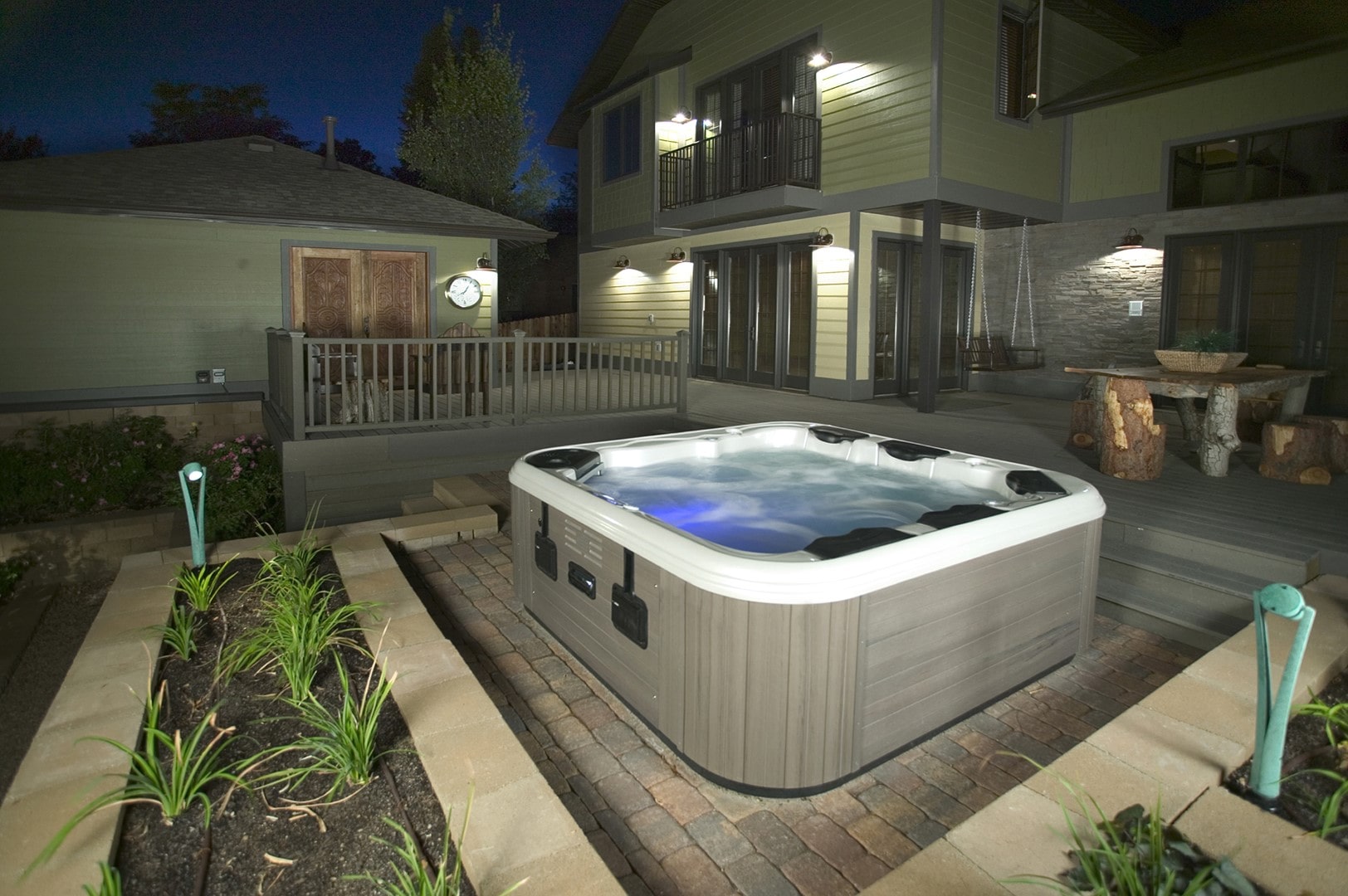
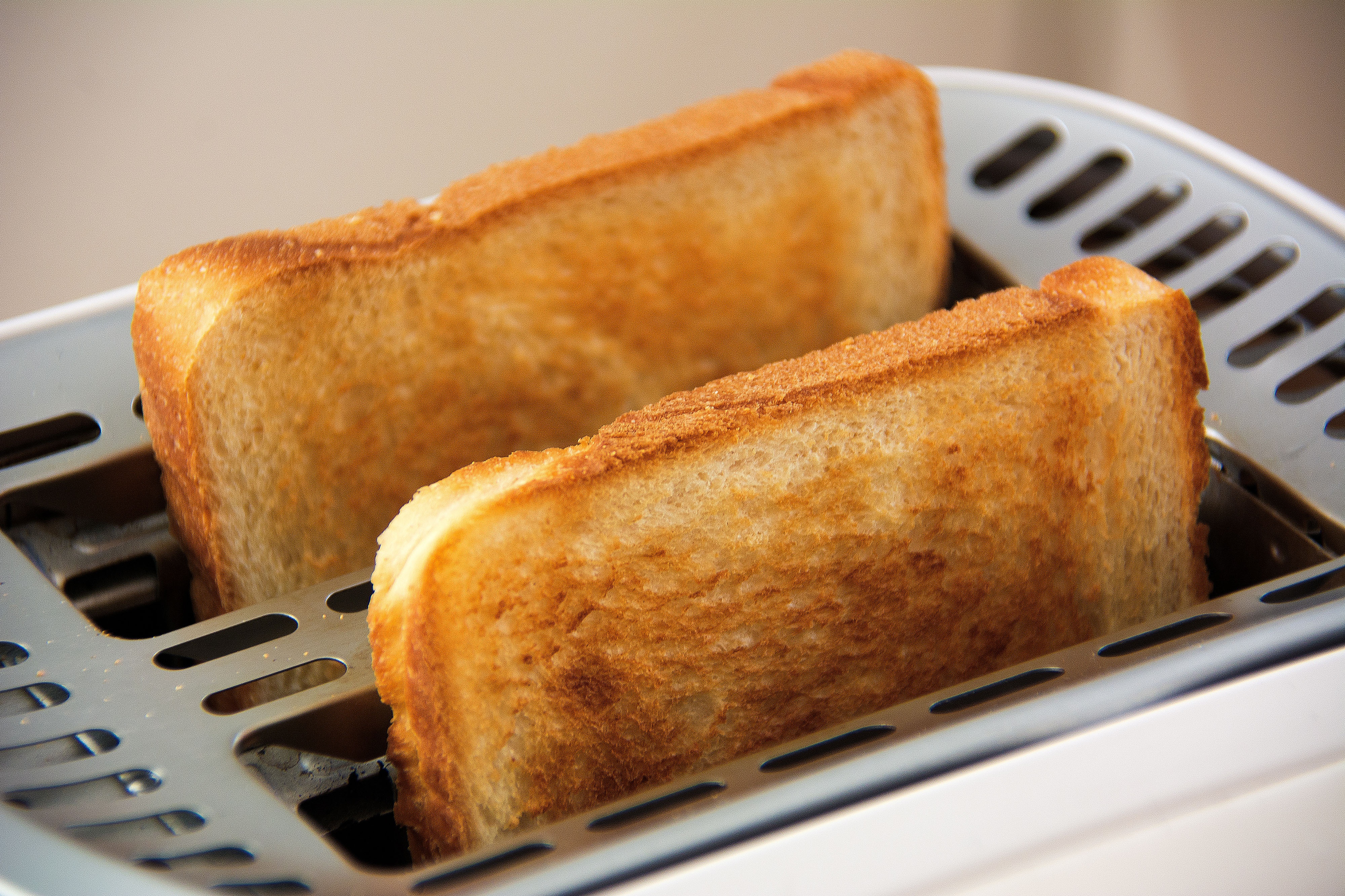
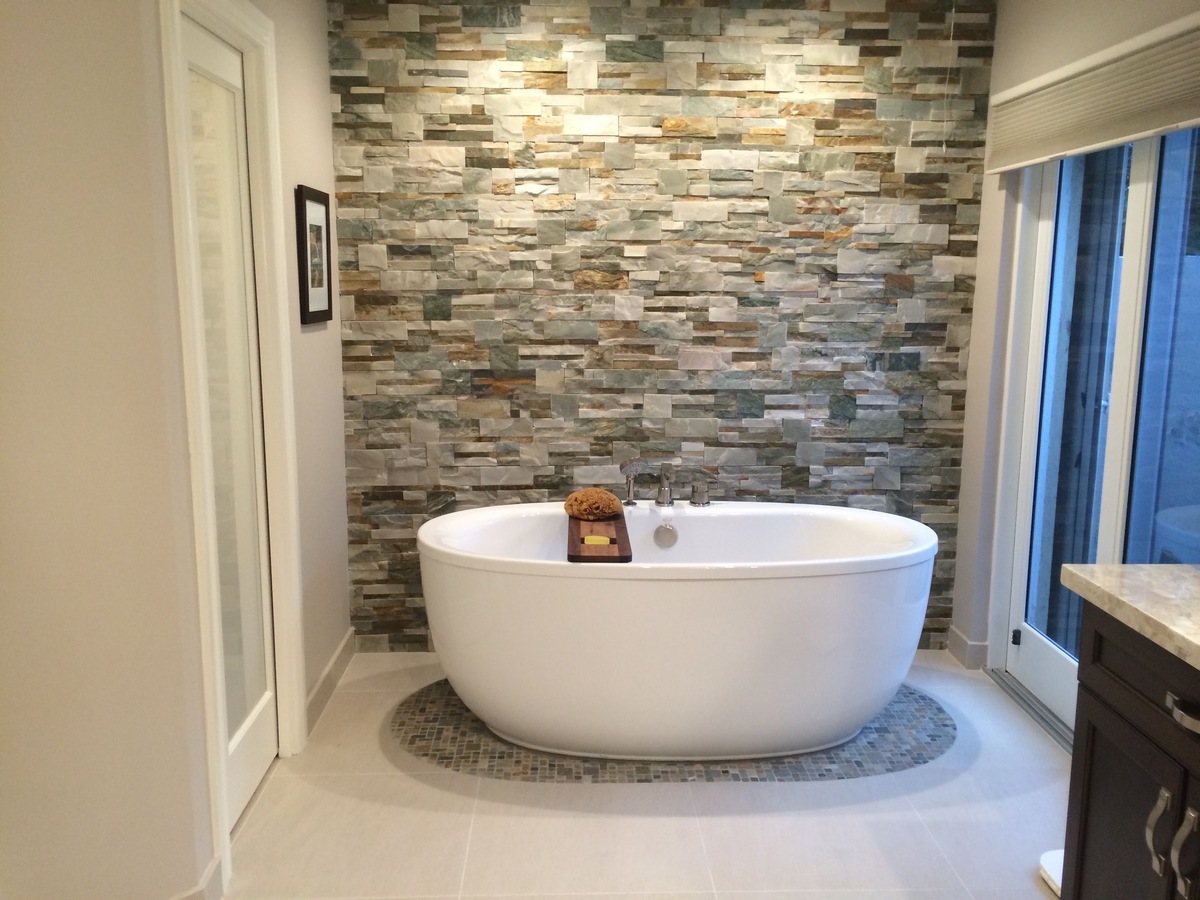
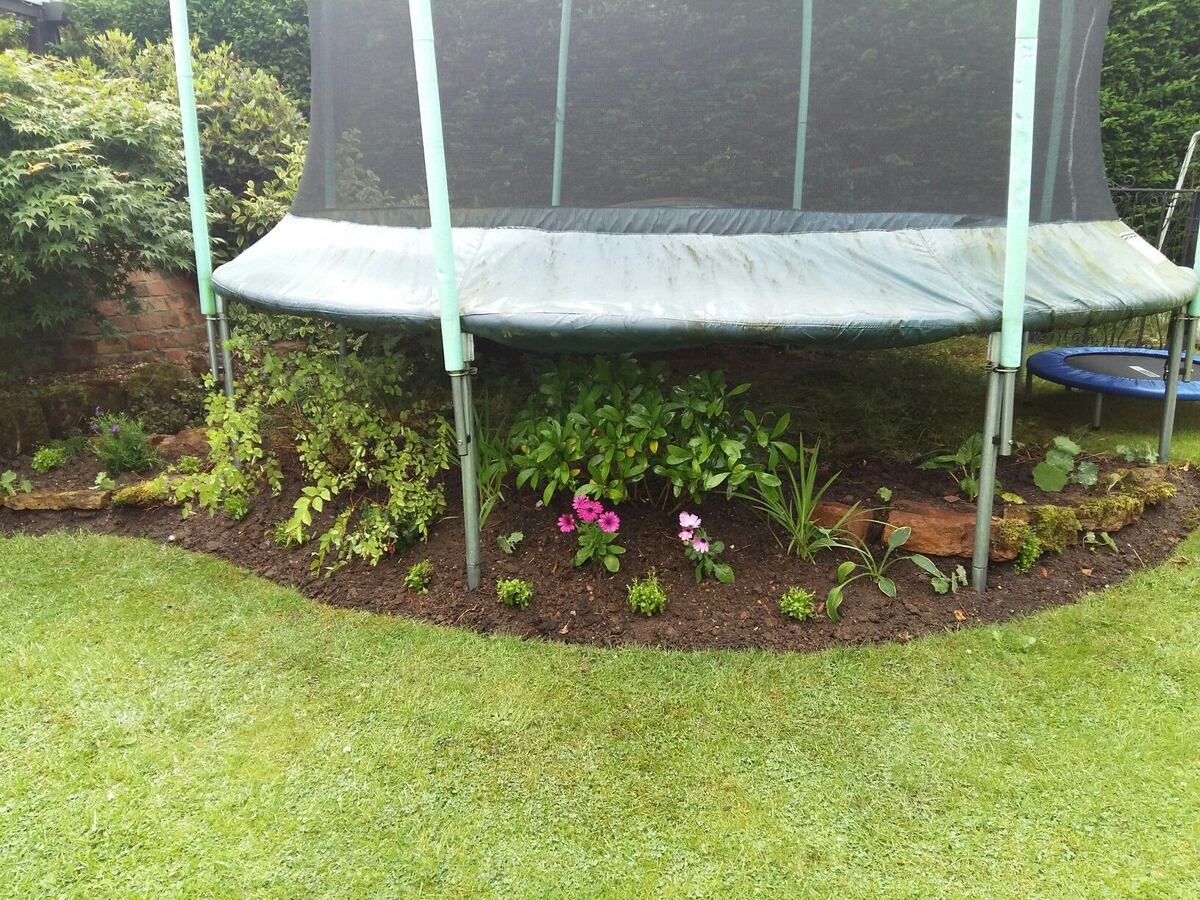
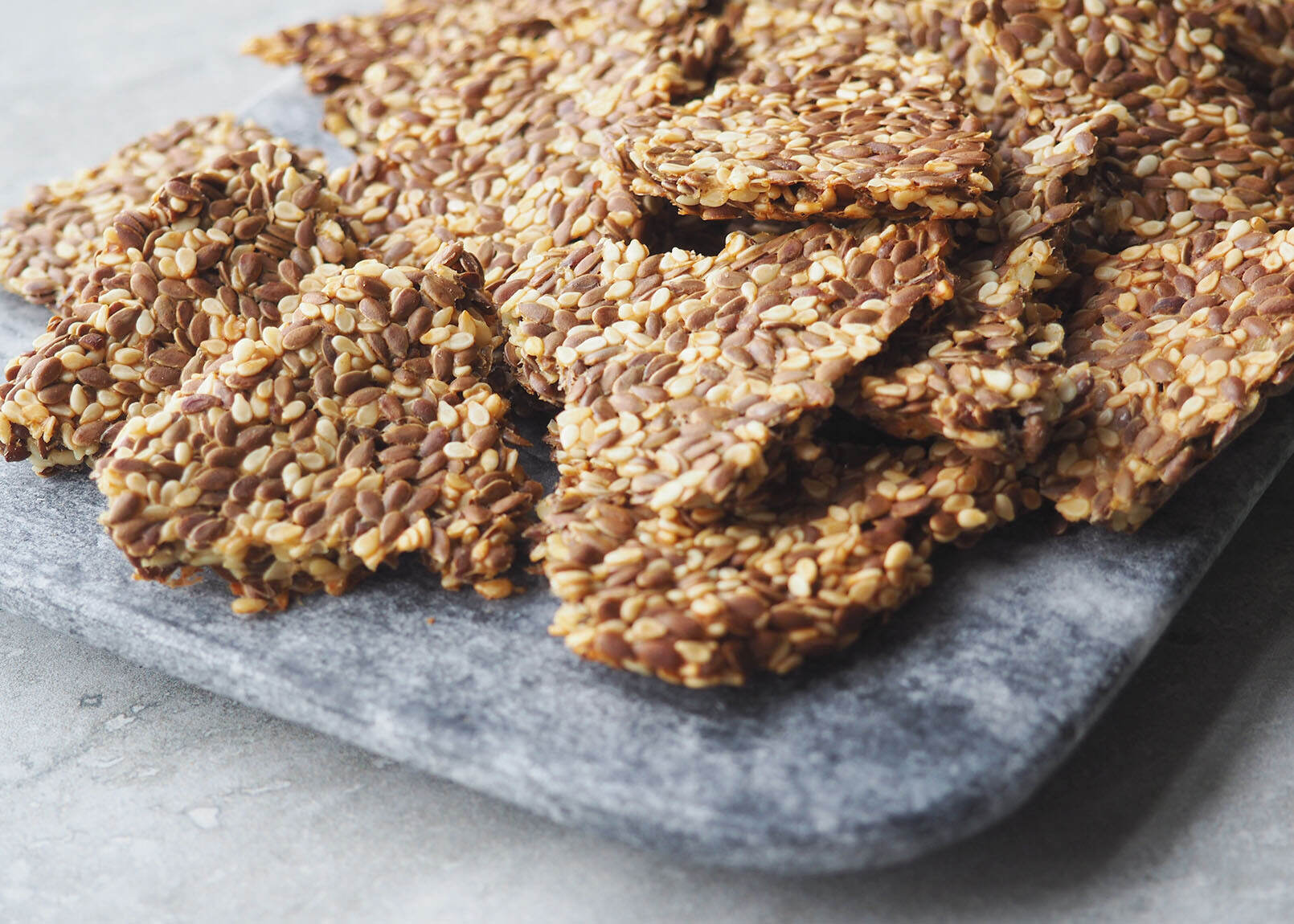


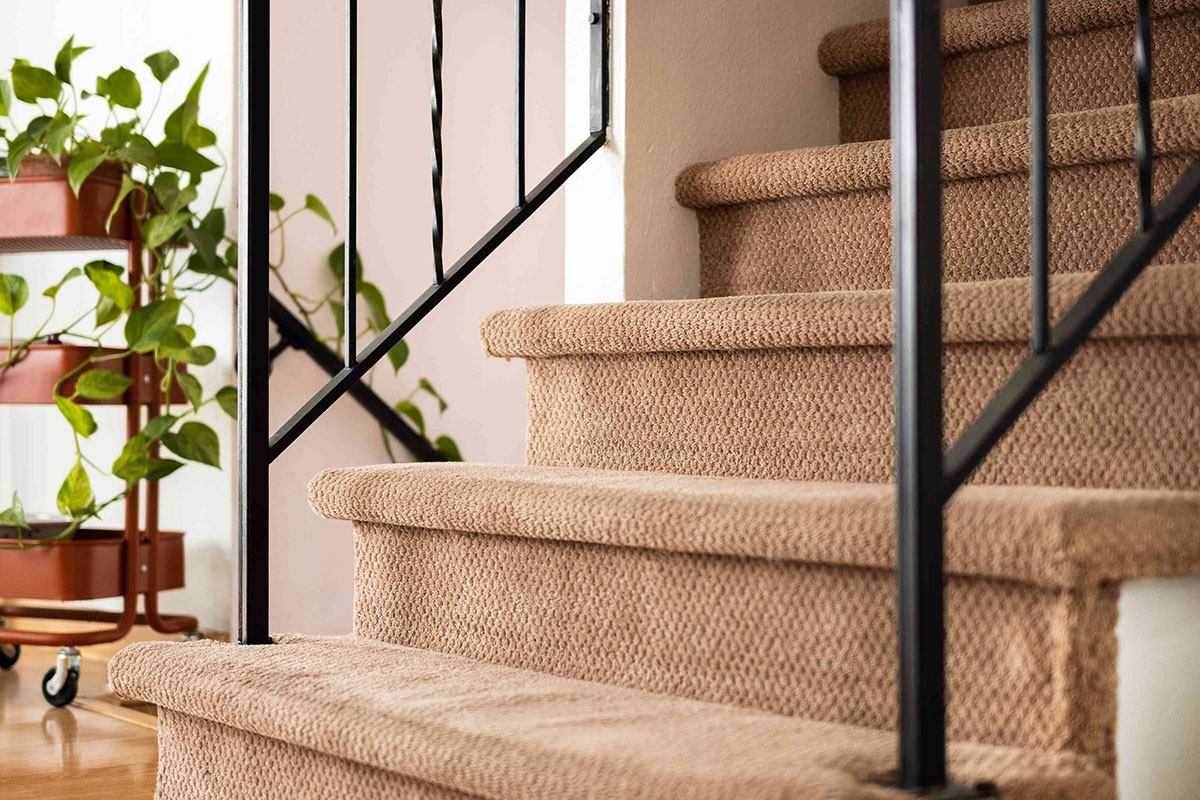
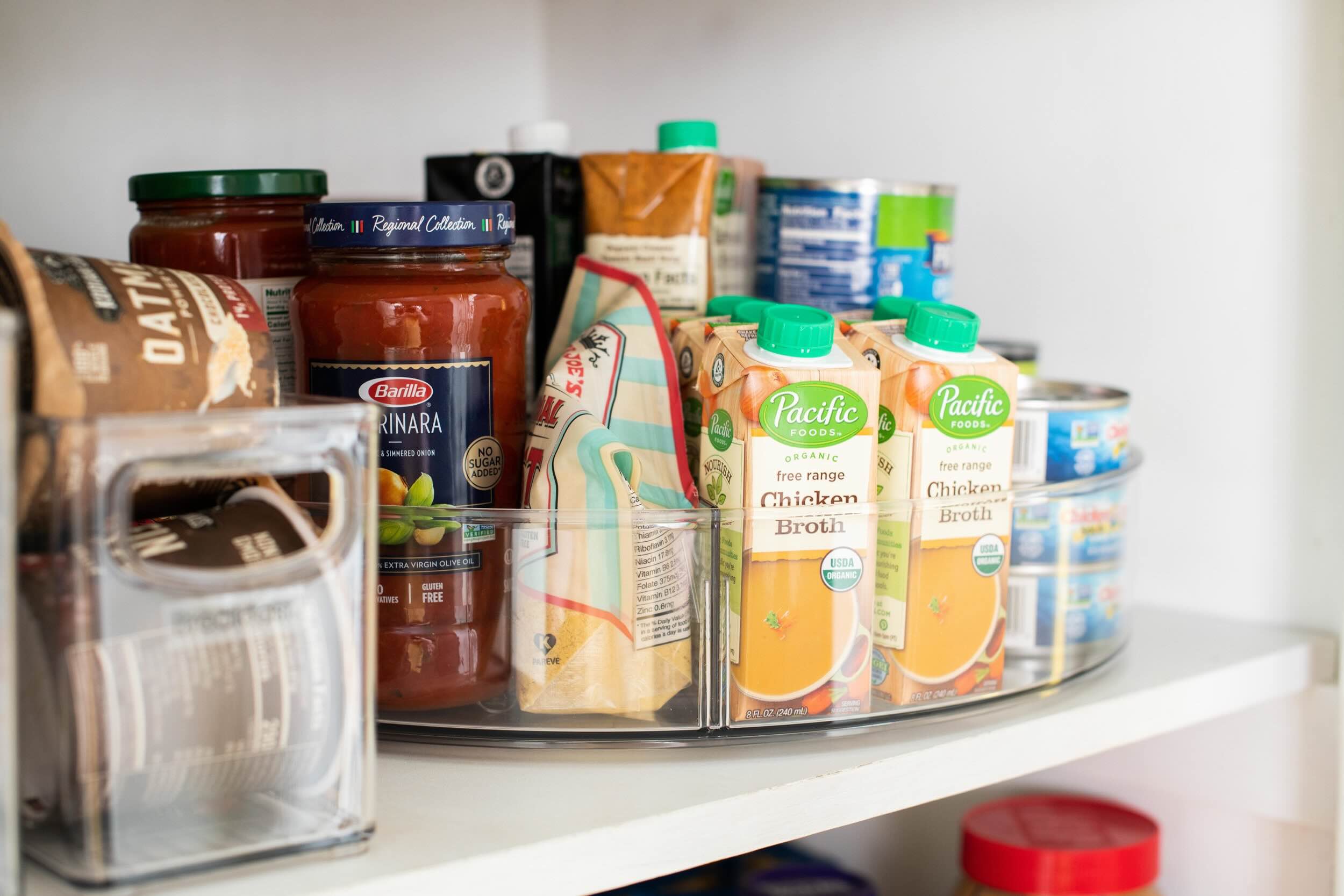

0 thoughts on “What Do You Put Under Outdoor Carpet”